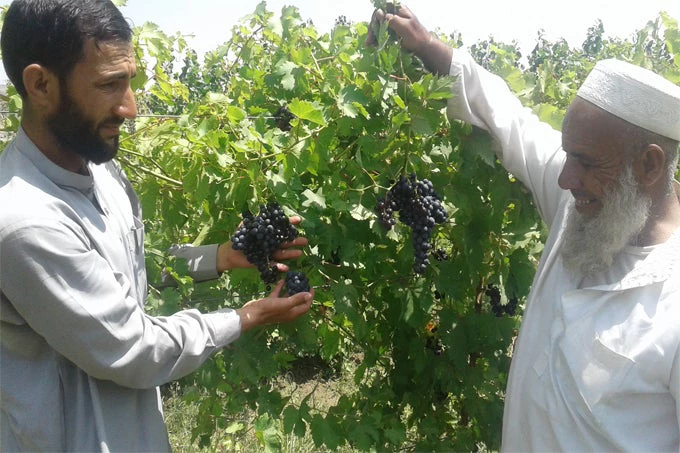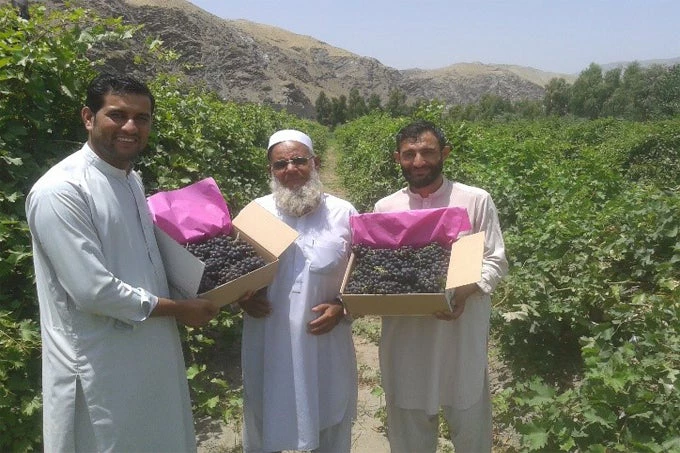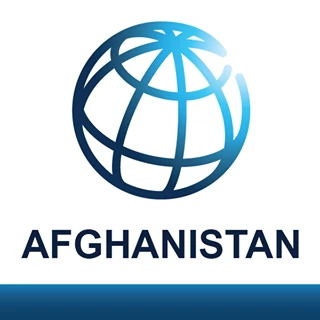
Afghanistan is struggling with unemployment and poor economic performance because of drastic reductions in foreign aid and continued social instability. While efforts have been made to improve the private sector, including several sectors like mining and manufacturing, the gains have been modest as Afghanistan remains beset by conflict and instability.
Yet investments in agriculture, particularly horticulture, have produced tangible returns as unique weather conditions are favorable to growing produce that are in-demand in local and regional markets.
An example can be found in Mullah Durani, a farmer from Mohammad Ali Kas village in Qarghaee district in eastern Laghman Province, who converted his field to growing grapes for fruit consumption in 2015 that is paying off in creating jobs and boosting income. “My land has generated eight times higher returns, while I can use the local workforce on my own farm instead of sending them to cities to work for others,” says Mullah Durani. “I have also been able to create seasonal jobs for a number of villagers during harvesting.”
The key to his success, he says, was choosing the right variety of grapes instead of grains. “My recently established vineyard produces grapes at a time when there are almost no domestic fruits in the market and in return, I get higher market prices,” he points out. “This year I sold about $4,000 worth of grapes from 2,000 square meters of land.”
By converting his field to growing grapes, Mullah Durani received investment support and technical assistance from the Afghanistan Ministry of Agriculture, Irrigation and Livestock under its National Horticulture and Livestock Project (NHLP). The project is funded by the Afghanistan Reconstruction Trust Fund (ARTF) and helps farmers in selected districts adopt better production practices.

The recent Afghanistan Development Update report published by the World Bank in 2017 records a gross domestic product (GDP) annual growth rate of 2.2 percent in 2016. GDP growth was linked to the agriculture sector, which reported a growth of 6 percent in 2016, largely resulting from an increase in horticulture output. This increase is partly due to recent investments in the horticulture subsector, helped by NHLP.
Until the late 1960s, Afghanistan was a major export of horticulture products, particularly dried fruits. However, continued instability has constrained both production and marketing to the extent that the country has become an importer of many products that could have been produced domestically.
Among its many activities, NHLP is introducing improved varieties of horticulture crops to farmers around the country. The project has reached more than 55,000 farmers, like Mullah Durani and helped them establish new orchards and vineyards, many of which have started to bear fruit. Since perennial horticulture crops take between three and six years to produce a full crop, many of the orchards established in 2013 have started yielding, with many more expected to bear fruit in the coming years.
These investments are expected to boost growth and create jobs across the country. NHLP has benefited over 400,000 farmers and herders, both women and men, with investment support and technical assistance in horticulture and livestock, and created a successful model of operating in a conflict-affected environment such as Afghanistan.


Join the Conversation